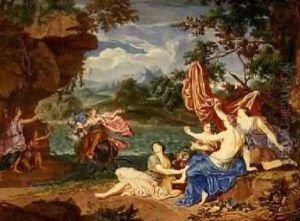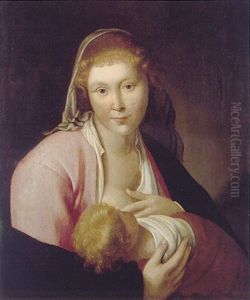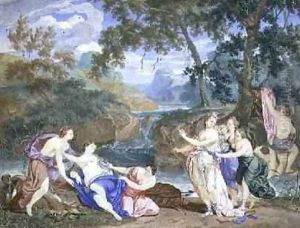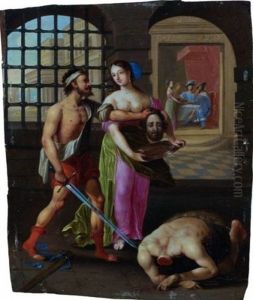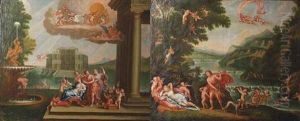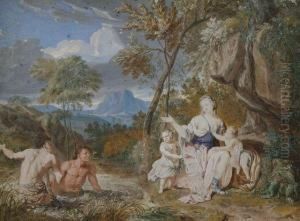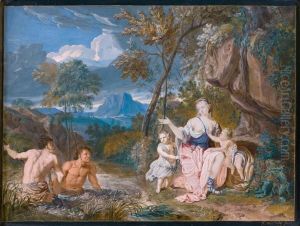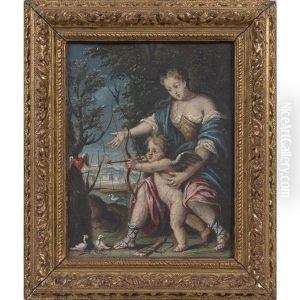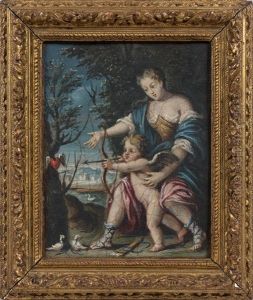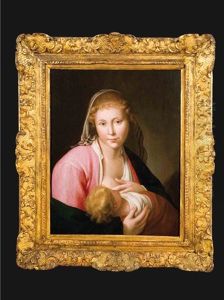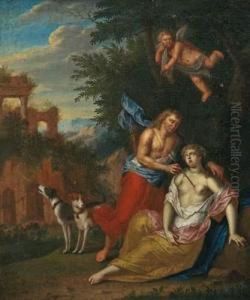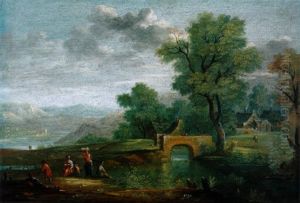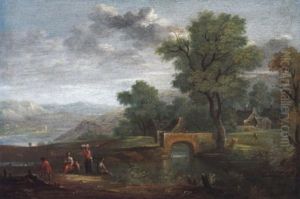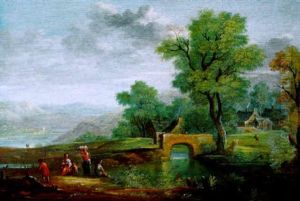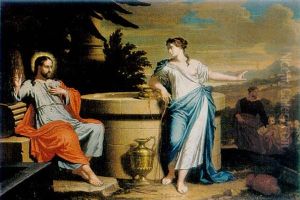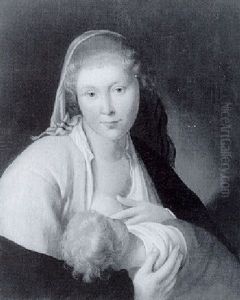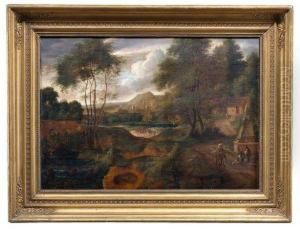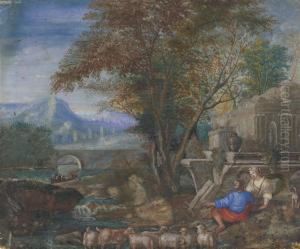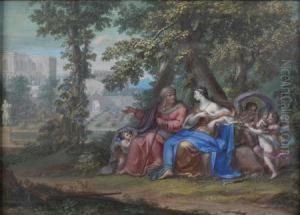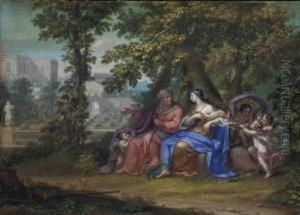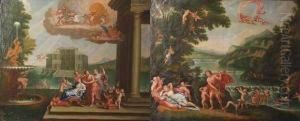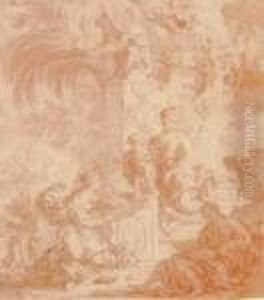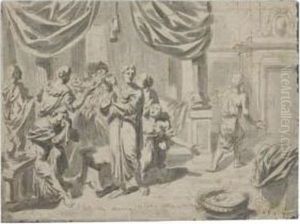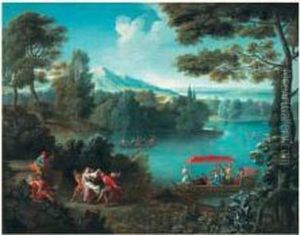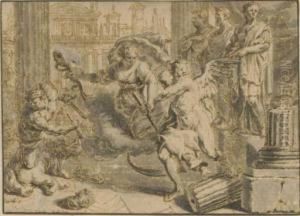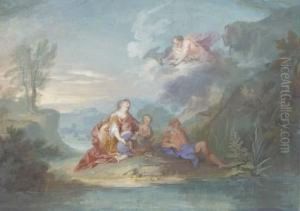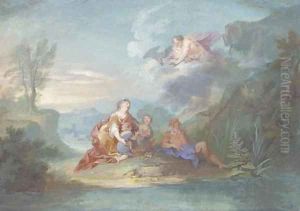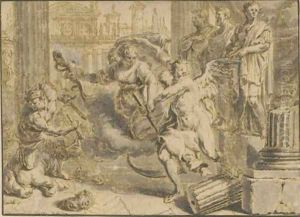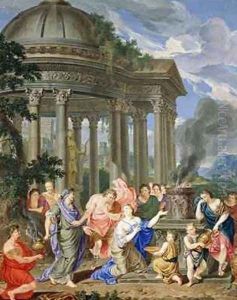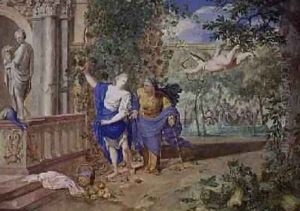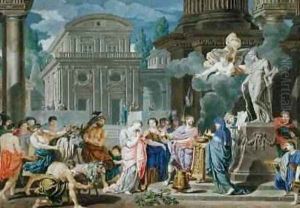Richard van Orley Paintings
Richard van Orley, born in 1663 in Brussels, was a Flemish painter, draughtsman, and engraver. He belonged to the van Orley family of artists that played a significant role in the development of Flemish art in the 17th and 18th centuries. His grandfather, Bernaert van Orley, was a prominent Renaissance painter who served as a court painter to the Habsburg regents in the Netherlands, and his father was also an artist.
Richard van Orley was known for his intricate engravings and tapestry designs. He was a contemporary of other Flemish Baroque artists and was influenced by the likes of Peter Paul Rubens. Van Orley's work often depicted religious themes as well as scenes from mythology and history. His engravings were particularly praised for their detail and composition, which reflected the high standards of craftsmanship in the Flemish tradition.
During his career, van Orley collaborated with other artists and was involved in the production of tapestries, which were highly valued at the time for their decorative and narrative qualities. His designs contributed to the flourishing tapestry industry in Brussels, which was renowned throughout Europe.
Richard van Orley also worked on various commissions for churches and noble patrons, contributing to the artistic heritage of the region. His works are characterized by a strong sense of design and a mastery of engraving techniques. Despite not being as widely recognized as some of his contemporaries, van Orley's contribution to the art of engraving and tapestry design has been acknowledged by art historians.
He passed away in 1732, leaving behind a body of work that continues to be studied and appreciated for its artistry and craftsmanship. Van Orley's legacy is preserved in the collections of various museums and in the tapestries that adorn historical buildings across Europe.
